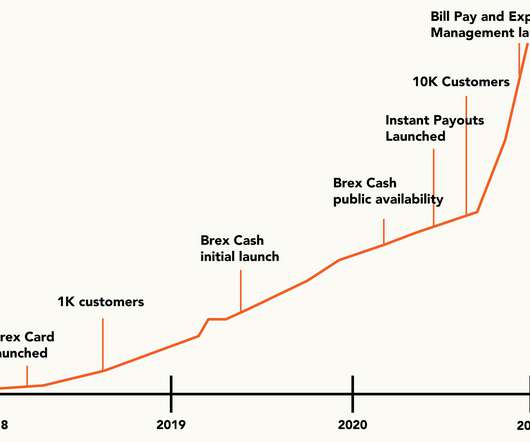History of The MP3
Unvalidated Learnings
JUNE 8, 2017
As such, the history of the MP3 gives an excellent framework to anticipate how disruptive 10x innovations impact a market, and who the winners and losers of such breakthroughs will be. incumbents simply did not have the right teams to adapt to the changing environment. The MP3 is a perfect case study of Innovator’s Dilemma.














Let's personalize your content